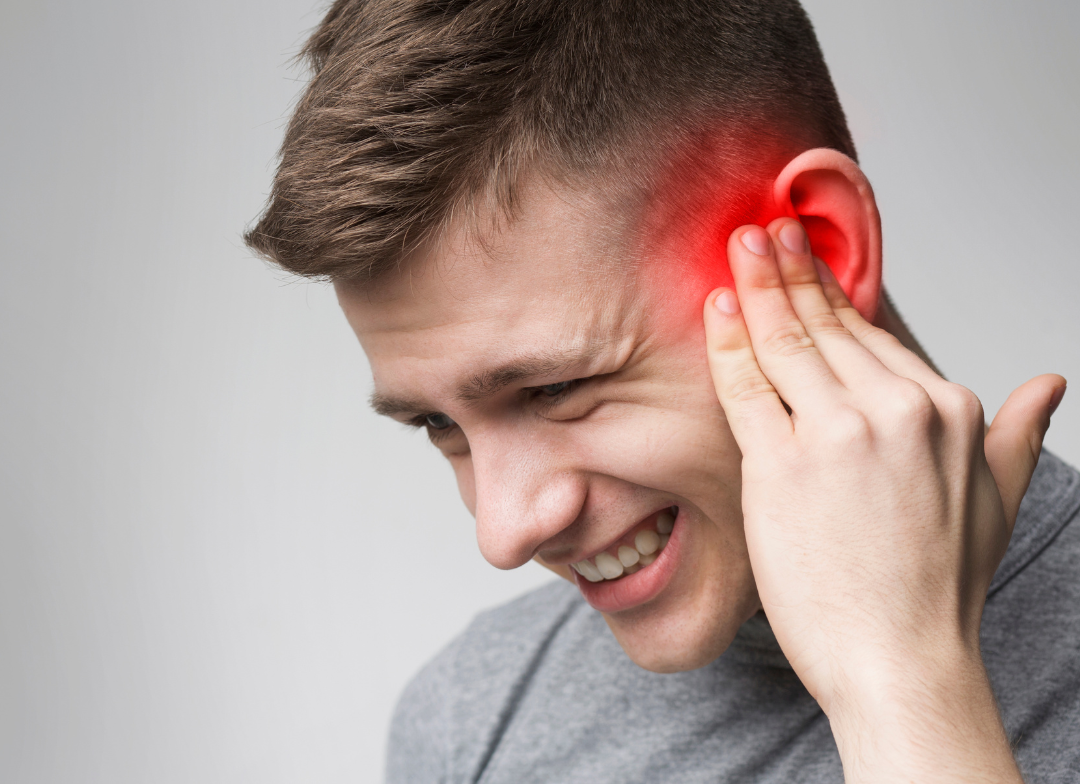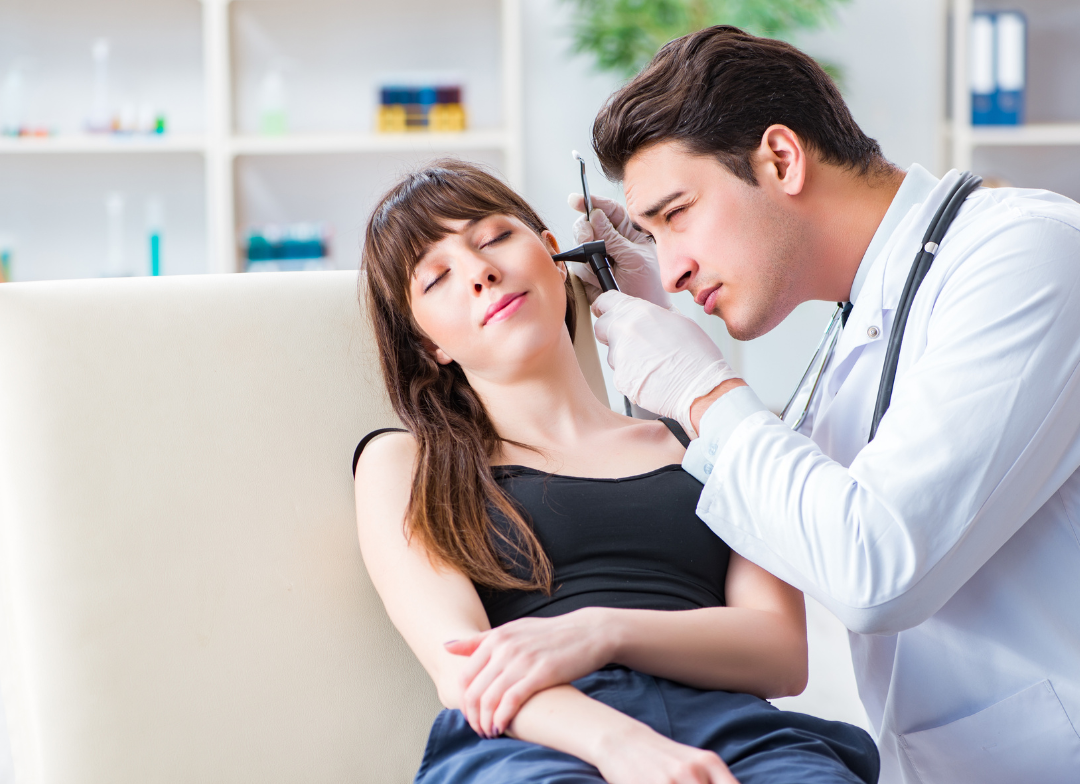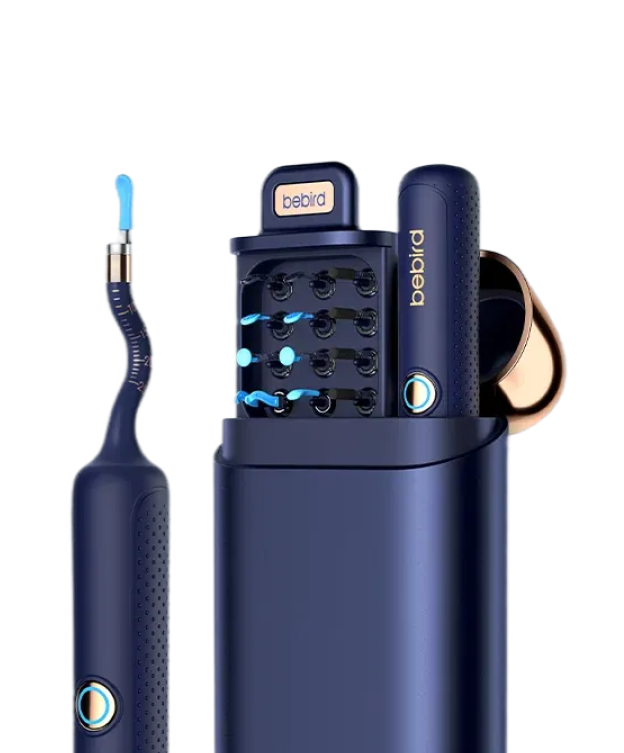After ear wax removal, the majority of patients expect to hear better immediately, but there are some who may experience some residual sense of blockage, or muffling of sounds, or some minor discomfort. Although earwax protects your ear canals, earwax removal can bring on unexpected hearing problems. Here we explore why this might be and how to safely clean the ears, and when to visit a doctor.
Can Earwax Removal Cause Hearing Loss?
Once the earwax is out, that should make you hear better and not worse. Too much earwax clogs the ear canal and causes hearing loss. Clearing that accumulation typically results in immediate relief. In some instances, there may be a temporary loss or change in hearing.
-
This can occur due to:
-
Mild swelling in the ear canal after cleaning
-
Fluid or wax residue was not fully removed from the ear
-
Irritation or pressure on the eardrum
-
Ear conditions that were unnoticed before the cleaning.
While temporary hearing loss often resolves itself, careless earwax extraction risks injury. The sensible choice is learning proper technique or consulting an expert, as improper removal may cause lasting problems or permanent hair loss.
What Are the Risks of Improper Earwax Removal?
Earwax removal requires caution, as improper technique could potentially damage the delicate ear canal. A few potential risks include:
-
Injury to the Ear Canal
The use of sharp objects, cotton swabs, and metal picks can scratch the ear canal. These cuts can get infected, leading to a lot of complications like swelling, pain, and even bleeding.
-
Pushed-In Wax
Some methods of removing wax, particularly cotton swabs, tend to push it further inside. This action makes the wax compact against the eardrum, which makes the blockage worsen and becomes harder to remove in the future.
-
Perforated Eardrum
In rare instances, too much pressure or the use of rigid tools on the ear can result in perforated eardrums. Immediate pain, dizziness, and hearing loss are all symptoms that occur after this, which require urgent medical attention.
-
Ear Infections
Using dirty tools or unclean environments introduces bacteria, which can lead to infections. Symptoms associated with this would be pain, fluid discharge, swelling, and sometimes even fever.
-
Long-Term Hearing Issues
Chronic issues such as tinnitus (ringing in the ears) can arise due to frequent improper cleaning of the ears.
Considering these points, it is advisable to avoid aggressive DIY methods. Experts recommend seeking safe alternatives for home use.

Potential Reasons for Continued Hearing Loss After Earwax Removal
If you’re hearing still sounds off after a good ear-cleaning, something else might be going on:
-
Residual Wax: There may not be all of the wax removed, especially deep inside or hardened. Any wax remnant could influence sound.
-
Swollen Canal: Cleaning too roughly, especially with suction, can irritate the canal and make it swell. That temporary pinch can muffle what you hear.
-
Fluid Trapped Inside: Methods such as ear flushing sometimes leave water hiding inside. That fluid dampens vibrations and gives you that annoying plugged-up feeling.
-
Sensitivity or Pressure Changes: Suction or rapid movement can jolt the eardrum, making it sensitive for a while. Your balance and hearing may lag until everything settles again.
-
Underlying Conditions: Not every hearing problem comes from wax. Infections, age-related loss, and even nerve issues deeper inside the head might be the true reason.
Because self-diagnosis is tough, visiting an ear specialist is wise. They have gentle tools that check the canal and rule out bigger issues.
How Long Does It Take for Hearing to Come Back After Wax Removal?
For many people, hearing returns almost instantly once the wax has been removed. If there is still any swelling or irritation of the ear or fluid remaining in the ear, it may take a few hours or even a couple of days.
Here’s a quick guide to how long recovery usually takes:
-
Same-Day Recovery: If the wax is removed safely and fully, and the ear is otherwise OK.
-
1 to 3 Days: If there’s some irritation or if there’s fluid buildup from cleaning
-
Up to 1 Week: Minor cuts, inflammation, or a light infection require some more time to heal.
If the hearing does not return after 1 week, or if there is sharp pain, fever, or secretion, you should go to the doctor right away.
How Can You Safely Remove Earwax at Home?
If you choose to do it at home, then use some gentle methods that protect the ear canal. These are proven steps that most doctors recommend:
Softening Drops
Hardened wax can be softened by using over-the-counter drops, such as carbamide peroxide or even baby oil. Wait for the drops to take effect before attempting to drain or scoop anything out, and follow package directions.
Gentle Rinsing
When the wax is softened, use a bulb syringe to spray warm (but not hot) water into your ear, and then tilt your head to let the water drain out. If you tilt your head, the water and wax will drain out easily.
Avoid Q-Tips or Sharp Objects
Never insert cotton swabs into the ear canal or any pointed object. Most swabs end up pushing the wax deeper, which can potentially cause blockage or even harm your skin.
Use Proper Tools
Look for soft, flexible ear cleaning tools made for home use. These kits have rounded ends and are made just for ears, so they catch loose wax without scraping or scratching.
Recommend Bebird Ear Wax Removal with Camera
For an easier and safer experience, consider trying Bebird's earwax removal with the camera tool. This innovative cleaning tool features a small ear camera that is attached to a soft-tipped cleaner, which connects to your smartphone for live viewing.
With the Bebird tool, you can:
-
Look inside your ear while using the ear camera
-
Avoid the mistake of pushing away earwax too deeply
-
Gently remove wax with the included soft silicone tips
-
Lower the chances of scratching or damaging the ear canal
They are perfect for those who want to clean their ears in an interactive but safer way. The tips should be sterilized before each use and after each use, and should never be used on kids unless a physician prescribes it.

When Should You Seek Medical Help Instead of DIY?
DIY techniques are great for some mild conditions, but there are also cases when professional assistance is a better approach. A DIY approach won’t work for you if:
-
Your ears hurt or feel full
-
You see discharge or blood
-
You feel dizzy or off-balance
-
You’ve had ear surgery in the past
-
You’re unsure if it’s really a wax issue
Doctors have specific instruments such as microscopes, suction devices, and curettes that help them safely extract wax without any guesswork. They are also able to examine for infections or other ear complications that require intervention.
Summary
Removing earwax often improves hearing; some people do report temporary hearing loss or muffled sounds afterward. This may be due to leftover wax, irritation, fluid, other medical conditions, or some combination of all of the above. Avoid sharp tools and try softening ear drops or safe ear wax removal tools with an ear camera instead.
For smart and safe removal, consider using Bebird ear wax removal with a camera tool. It allows users to see what they are doing, which helps in avoiding pushing wax deeper.
If the problems are persistent or you have some uncertainty, always verify with the doctor. By avoiding unnecessary hearing loss, this translates to clear hearing and peace of mind.
Related reading:












Leave a comment
All comments are moderated before being published.
This site is protected by hCaptcha and the hCaptcha Privacy Policy and Terms of Service apply.